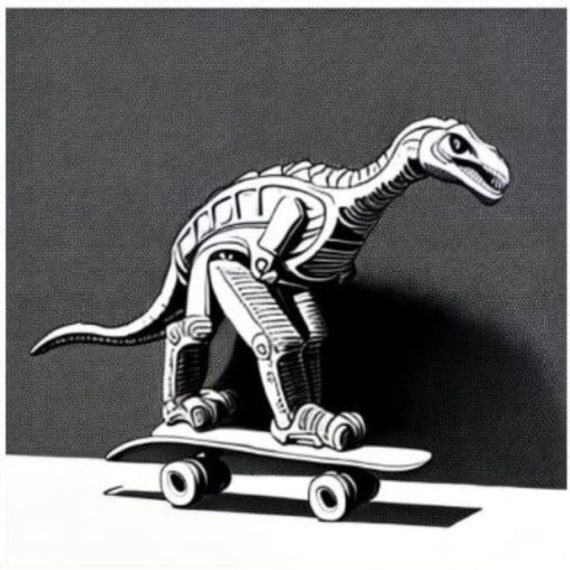50 YEARS OF AI DEVELOPMENTS

Artificial intelligence has become a buzzword in recent years. But the technology has been around for many years. Its history originated back in the 1950s, when the possibilities of machine intelligence were first explored. We now have common products and services like Siri, Alexa, self-driving cars, and facial recognition software. The technology is still developing, but the applications for AI are endless.
The 1950s to the 1970s were the early stages of AI research and developments. In the 1960s, researchers focused on developing rule-based systems, which were used to solve simple problems. They also developed the first chatbots during the 1950s to the 1970s. They used natural language processing to communicate with users.
In the 1970s, there was a shift towards machine learning, which allowed machines to learn from data without being explicitly programmed.
Progress was slow during those times, but the research and development laid the groundwork for the AI products and technologies we see today. This led to the foundation for the advancements that we see today.
The 1980s marked the birth of expert systems, a type of AI technology that focused on capturing the knowledge and expertise of human experts in a particular field.
Good as they were, their reliance on explicit knowledge limited these early robots. They also could not learn or adapt on their own. But they laid the foundation for the subsequent developments for the next few decades.
THE RISE OF MACHINE LEARNING
The 1990s saw a significant shift in the development of AI products with the rise of machine learning. This technique uses algorithms and statistical models to teach machines how to learn from data. This development has expanded AI in speech, image, and language.
THE EMERGENCE OF DATA SCIENCE
The year 2000 marked a significant turning point in the evolution of AI products with the emergence of data science.
They created predictive analytics tools to expect future trends and improve business processes. AI products advanced and now have natural language processing and speech recognition abilities. This led to the development of virtual assistants, such as Siri and Alexa, which could understand and respond to human speech.
AI can do demanding jobs with data science, like spotting fraud, understanding images, and translating languages. As we move forward, we can expect data science to continue to play a critical role in the evolution of AI products.
AI GOES MAINSTREAM (2010s)
The 2010s saw a significant shift in the adoption and mainstream use of AI products. Developers have made AI more user-friendly, and it can now easily integrate with current systems.. This is because of advancements in machine learning, natural language processing, and big data analysis. One of the major milestones of this decade was the launch of Siri, the revolutionary digital assistant for Apple’s iPhone. Technology has made it possible for devices to behave more like humans, and it has also standardized medical record software.
The other breakthrough in the 2010s was the introduction of self-driving cars. Companies like Tesla, Google and Uber invested heavily in autonomous vehicle technology.
Overall, the 2010s saw AI products becoming more prevalent and impactful in various industries. This set the stage for further developments in the future.
Another area of AI that is gaining momentum is computer vision, which allows machines to interpret and classify visual data in much the same way as humans. In our National Libraries, for instance, robots are used to scan rows of books, and highlight aberrations such as wrong books being placed on the shelves.
As we move forward, it’s clear that AI will continue to play an increasingly important role in shaping our world. Organisations need to be aware of the various trends, adopt concepts which may apply to their fields and to take advantage to grow their business.

